This article is written by an experienced skipper Vedran Buble who has sailed extensively in both Greece and Croatia. With firsthand knowledge of the waters, islands, and sailing conditions, the author compares these two top Mediterranean destinations to help sailors choose the perfect adventure
For sailors craving an adventure in the Mediterranean, two names always come up: Greece and Croatia. Both boast stunning islands, turquoise waters, and rich histories, but choosing between them can be like picking between a classic film and a contemporary blockbuster—both are unforgettable in their own way, but their appeal lies in different eras and styles."
After spending years navigating both, I’ve come to appreciate their differences—the highs, the lows, and the unexpected. This is not just another "where should you sail" guide. This is the deep-cut version, infused with firsthand experiences, hidden gems, and an unfiltered take on what it's really like to set sail in these two incredible places.
The Lay of the Land (or Sea)
1. Greece: The Grand Odyssey
Greece is vast—over 6,000 islands (only about 200 inhabited). This sheer number means a nearly endless selection of routes, offering different vibes depending on the region. Here’s a quick breakdown:
- The Saornic Gulf, just south of Athens, boasts several islands like Aegina, Poros, and Hydra. Visitors can experience their rich culture and history, including the Temple of Aphaia on Aegina Island.
- The Ionian Islands (Corfu, Lefkada, Kefalonia, Zakynthos): Lush, green, and blessed with easy sailing conditions. Perfect for beginners.
- The Cyclades (Santorini, Mykonos, Paros, Naxos) are the "Instagram" Greece. They are known for their stark beauty and white-washed houses, but in summer, expect strong Meltemi winds.
- The Sporades & Northern Aegean (Skiathos, Alonissos, Thasos): Lesser-known but spectacular. More off-the-beaten-path feel.
The distances in Greece are greater, meaning longer sails between islands, and the villages are a bit less developed. If you're looking for the feeling of true adventure—days at sea, islands on the horizon—this is your place.

Santorini, Cyclades
Croatia: The Dalmatian Dream
Croatia’s 1,200+ islands form a tight cluster, perfect for shorter hops. This makes it ideal for those who prefer island-hopping without committing to long open-water passages. The key regions:
- Northern Dalmatia (Žirje, Kornati, Dugi Otok): Wilderness, thousands of little sheltered islands, no trees, seems like the surface of the moon in some locations, but the water is amazing, and the lonely local restaurants are among the best in Croatia.
- Central Dalmatia (Split, Hvar, Vis, Brač, Šolta): The beating heart of Croatian sailing. Ancient towns, vineyards, and lively waterfronts.
- Southern Dalmatia (Dubrovnik, Korčula, Mljet, Lastovo): Less crowded, with wild national parks and stunning medieval cities.
- Kvarner & Istria (Brijuni, Cres, Krk, Lošinj, Rab) While Dalmatia often takes the spotlight, the Kvarner Gulf and Istrian Peninsula offer a unique and diverse sailing experience. This region boasts a mix of Venetian-influenced coastal towns, lush green islands, and deep blue waters.
Croatia offers shorter, protected sails, perfect for mixed-experience crews. The Adriatic is tamer than the Aegean, making it a safe bet for families and first-time charterers.
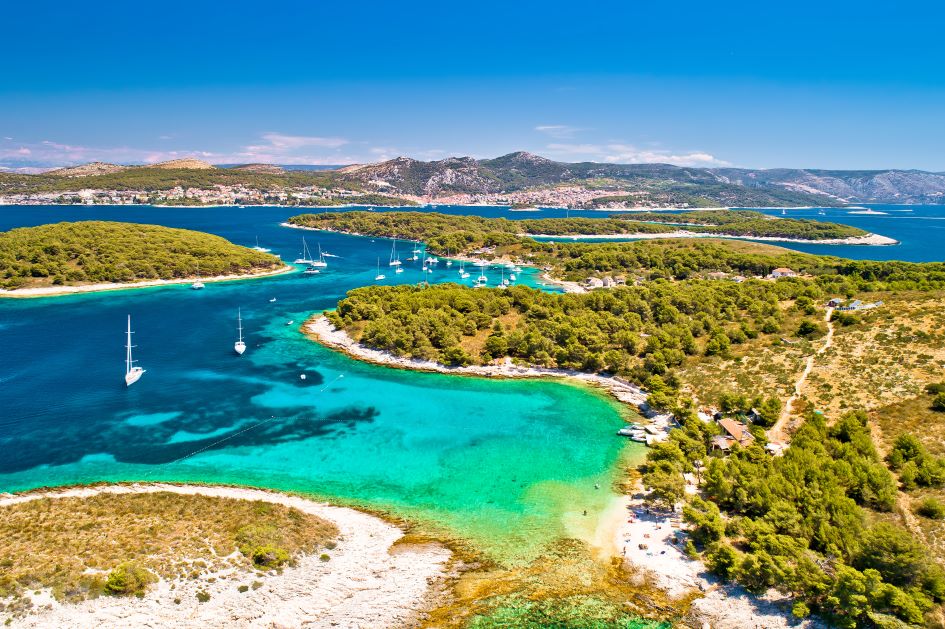
Pakleni islands, by Hvar
The Wind & Sailing Conditions
Greece: The Wild, Unpredictable Beauty
Greece’s Meltemi winds, blowing from June to September, can be brutal. Some days, it’s a perfect 15 knots; other days, you wonder why you ever left port.
Memorable Experience:
- A few years ago, I was sailing from Siros to Mykonos when the Meltemi unexpectedly ramped up to 60 knots. Waves turned into walls of blue, and my catamaran started behaving like a wild horse. It was exhilarating and exhausting. If you crave challenge, Greece will give you moments that test your seamanship. Until today, nobody is sure how I actually docked the boat in Mykonos. All I know is I did it despite local port officials who screamed that the port was closed for all boats as weather conditions were brutal.

Assos Village, Kefalonia
Croatia: A Sailor’s Playground (Until the Bora Hits)
Croatia’s Adriatic is more predictable. The prevailing Mistral wind gently pushes you along the coast. But there’s one hidden menace: the Bora. This sudden, katabatic wind comes off the mountains like a freight train, catching many sailors off guard.
Personal Anecdote:
- Anchored in a peaceful bay of Badija near Korčula, I just woke up when out of nowhere, 50-knot gusts whipped through. My anchor dragged, boats were scattering, and within minutes, it was a chaotic scramble to secure moorings. It does not happen often, but when it does, take care.

Komiža, Island of Vis
Marina Life vs. Wild Anchorages
Greece: Freedom to Anchor
One of the joys of sailing in Greece is that mooring fees are minimal. In many places, you can drop anchor and stay for free, with only a friendly taverna owner expecting you for dinner.
Favorite Spot:
- Kastos, a tiny island in the Ionian. There’s basically nothing there except a couple of tavernas, one cool cliffside bar, and a stunning anchorage. A sailor’s paradise.
- Milos, island in the Aegean. It is a bit out of the way south, but it is a true paradise, especially the white stone and sand beaches around neighboring Kimolos and Poliegos.

Milos Island
Croatia: The Marina Nation
Croatia has some of the best marinas in Europe—but you’ll pay for them. A night in ACI Dubrovnik or Hvar marina can cost over €300 for a 45-foot catamaran. Even small ports charge for mooring buoys. Meanwhile, Mykonos marina in Greece is just €50 per day.
Hidden Gems:
- Instead of Hvar, I recommend Stari Grad on the same island. It’s cheaper, quieter, and equally charming. Plus, you can grab a scooter and zip over to Hvar Town for the party scene.
- Tatinja Cove - Restaurant Lonely Paradise. One of the most scenic dinner locations in the Mediterranean. Try Peka or Tanja’s Pasticada.
View this post on Instagram
Culture & Food
Greek Feasts vs. Croatian Delicacies
Both countries have spectacular food, but the approach differs.
Greece:
- Endless meze plates: tzatziki, fava, grilled octopus
- Moussaka, souvlaki, and saganaki
- Local wines are cheap and fantastic (Assyrtiko from Santorini is a must-try)

Greek tavern
Croatia:
- More Italian influence (pasta, risotto, truffle dishes)
- Peka (slow-roasted meat and vegetables under a metal dome)
- The wines are a hidden gem, especially Plavac Mali reds from the Pelješac Peninsula.
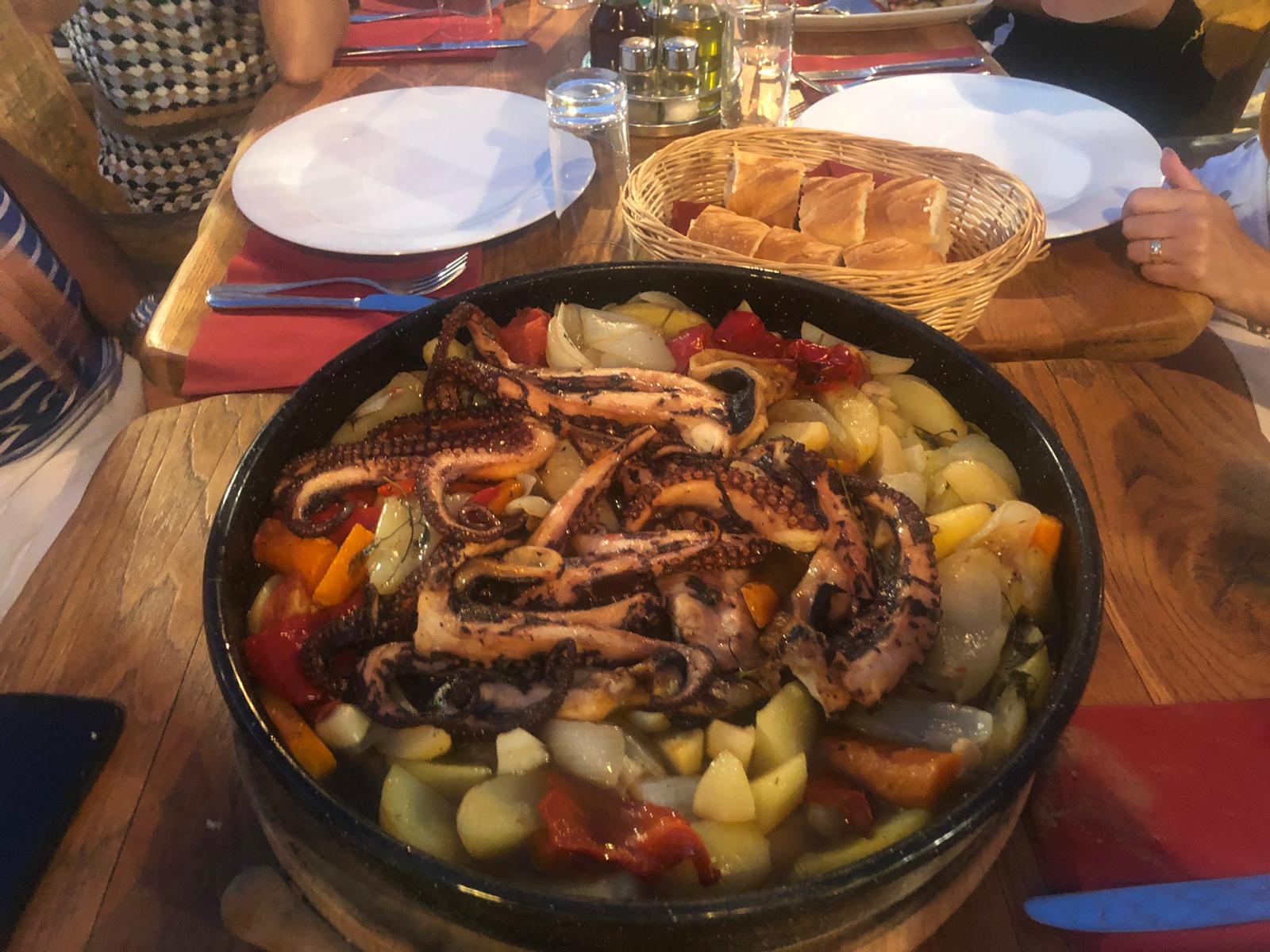
Traditional Dalamatia Peka
Best Meal Ever While Sailing?
A tiny, unnamed taverna on Koufonissi (Greece), where the owner grilled fresh fish caught that morning, served with lemon, olive oil, and homemade bread. There was no menu; they just served what they had.
Island Towns & Culture:
Greek island towns have a more ancient feel, with ruins dating back thousands of years. Places like Rhodes, Delos, and Knossos showcase deep historical roots. Croatian island towns, in contrast, are medieval gems with Venetian, Roman, and Slavic influences. Hvar, Korčula, and Dubrovnik feel like you’ve stepped back into a Game of Thrones set.
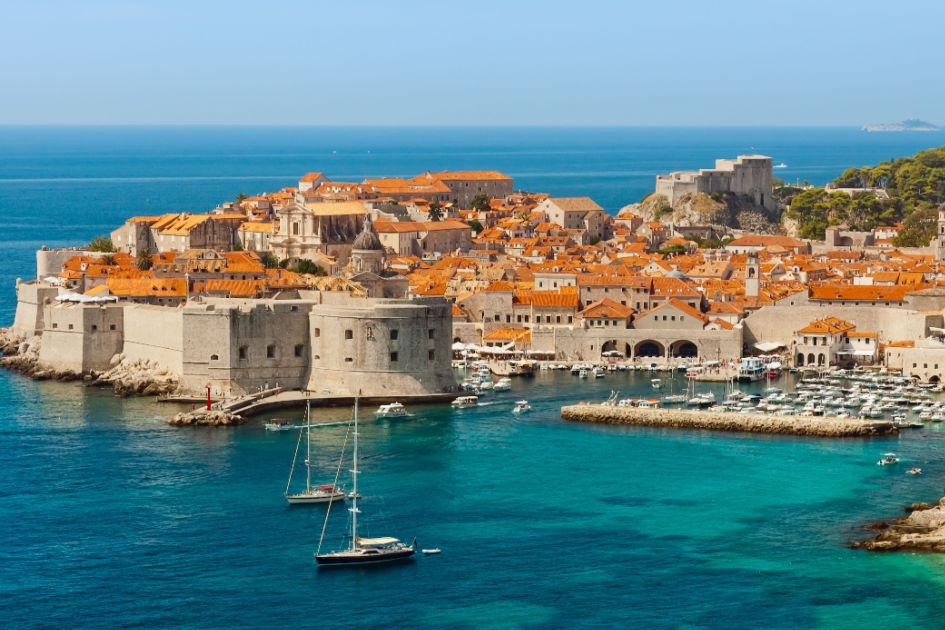
Dubrovnik
Beaches & Snorkeling
Greece wins hands down when it comes to beaches. White sandy stretches like Porto Katsiki (Lefkada), Atokos, and Poliegos are the kind of dream beaches you usually associate with the Caribbean, but on the other hand, when you are anchored with a luxury boat in a turqouise bay, who needs a beach?
The underwater life is also slightly richer in Greece, with more fish, caves, and crystal-clear waters.

Aerial view of Agios Nikolaos blue caves in Zakynthos
Anecdote:
- While Croatia has plenty of dolphins and turtles, Greece takes the crown for marine life. One of my most unforgettable snorkeling experiences happened near the tiny island of Formikula in the Ionian. I had a super close encounter with a Mediterranean monk seal—one of the most endangered animals in the Mediterranean. It was a rare and magical moment, highlighting just how clean and rich Greek waters are.
Nightlife & Social Scene
- Greek islands like Mykonos and Ios are notorious for all-night parties. If you want to dance until sunrise, Greece wins by far.
- Croatia’s Hvar Town, Split, and Dubrovnik have a more upscale, yacht-party vibe. Think of chic beach clubs and cocktail lounges.
Croatia has an edge for chilled-out nights. Small towns like Vis, Komiža, or Korčula have just the right mix of lively bars and quiet, starlit walks.
The Cost Factor
Greece: Generally Cheaper
- Lower mooring fees
- Cheaper food & drinks
Croatia: More Expensive
- Marinas charges premium prices
- Restaurant prices can be pretty high in tourist hotspots
That said, Croatia indeed delivers value. You get modern marinas, well-maintained facilities, and top-tier restaurants.
Pros & Cons: Final Showdown
- Adventure, remote islands, and raw sailing challenges → GREECE
- Smooth sailing, short passages, and a refined experience → CROATIA
Both are unforgettable in their own right. But if I had to choose?
For pure sailing, Greece wins.
For relaxing island-hopping with great marinas, Croatia.
You know what, either way, the Mediterranean will never disappoint!



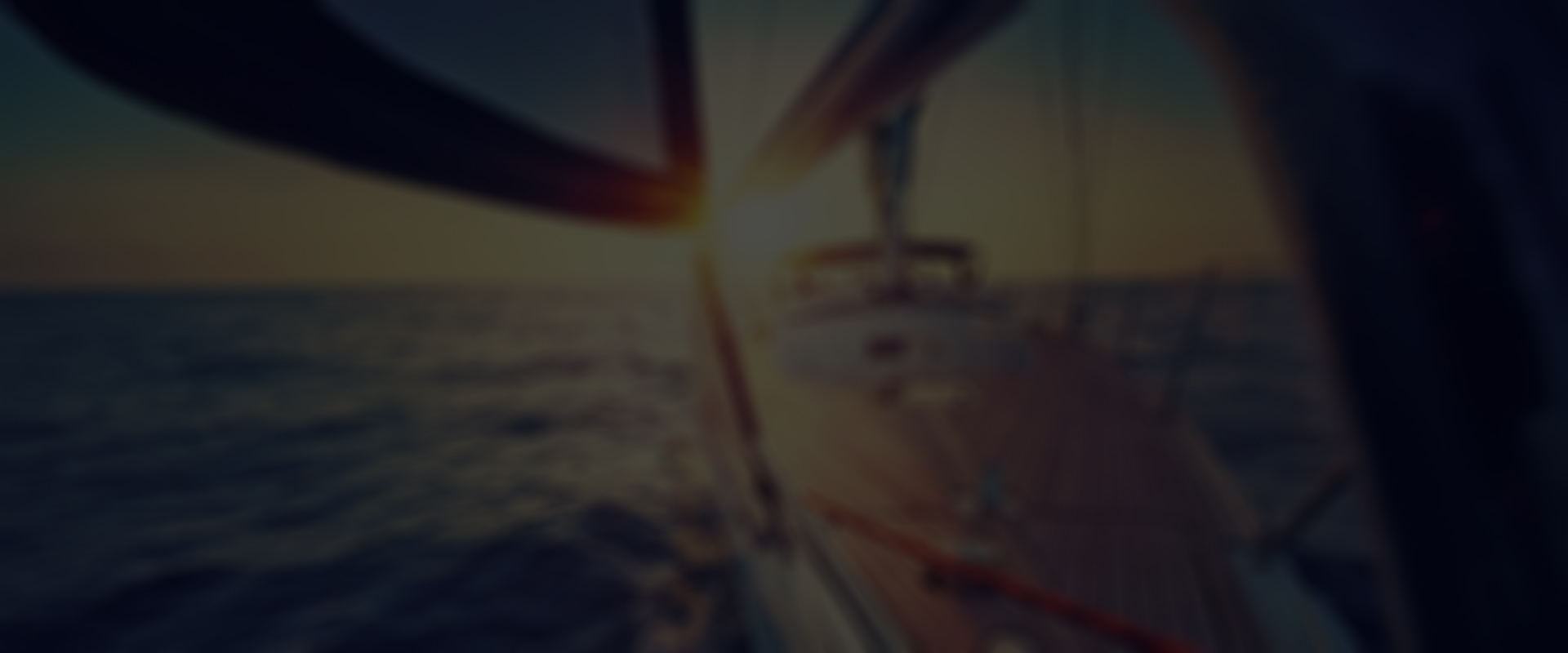

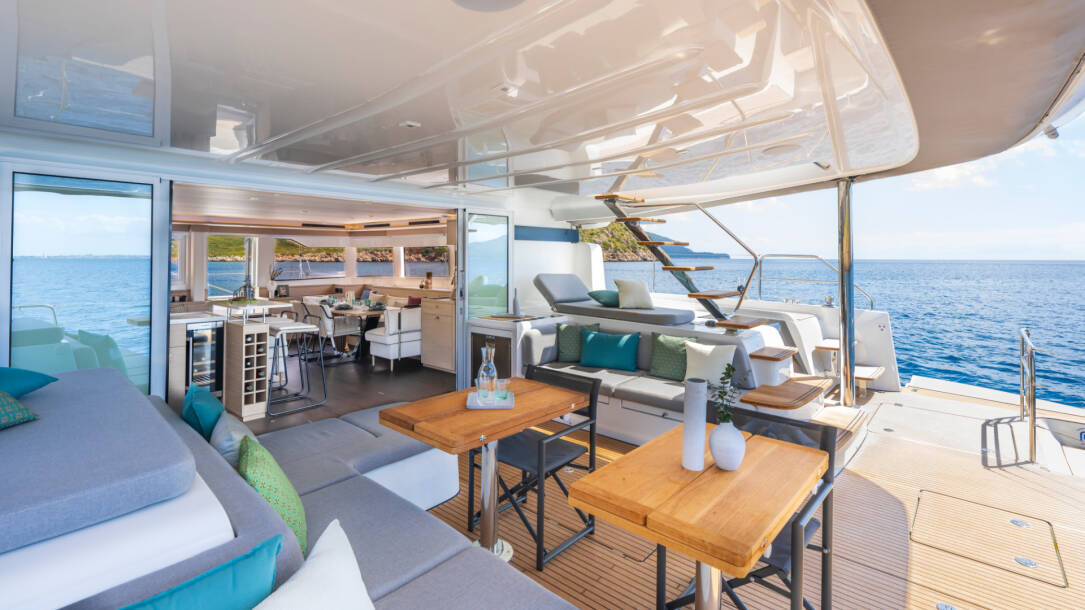
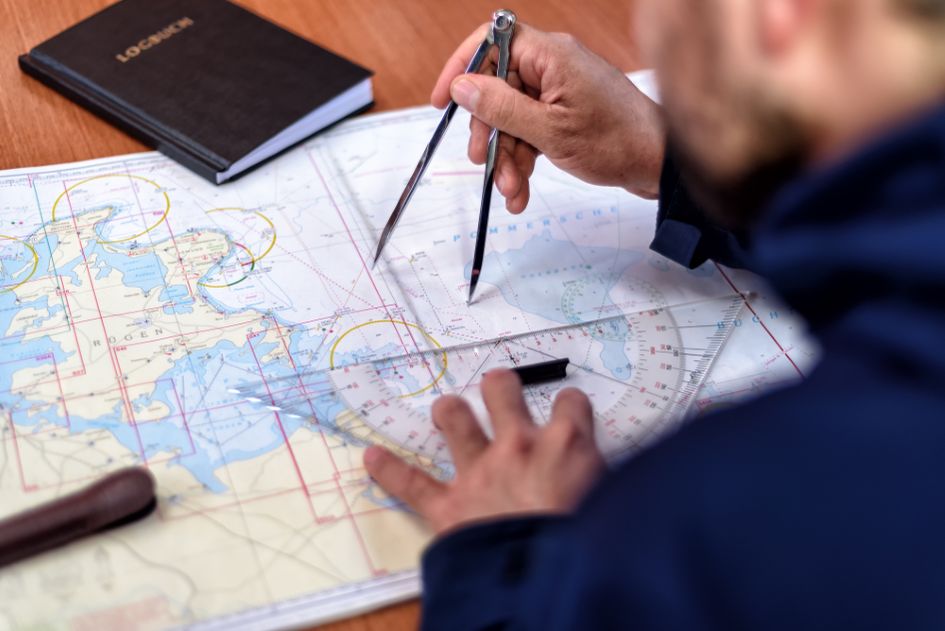
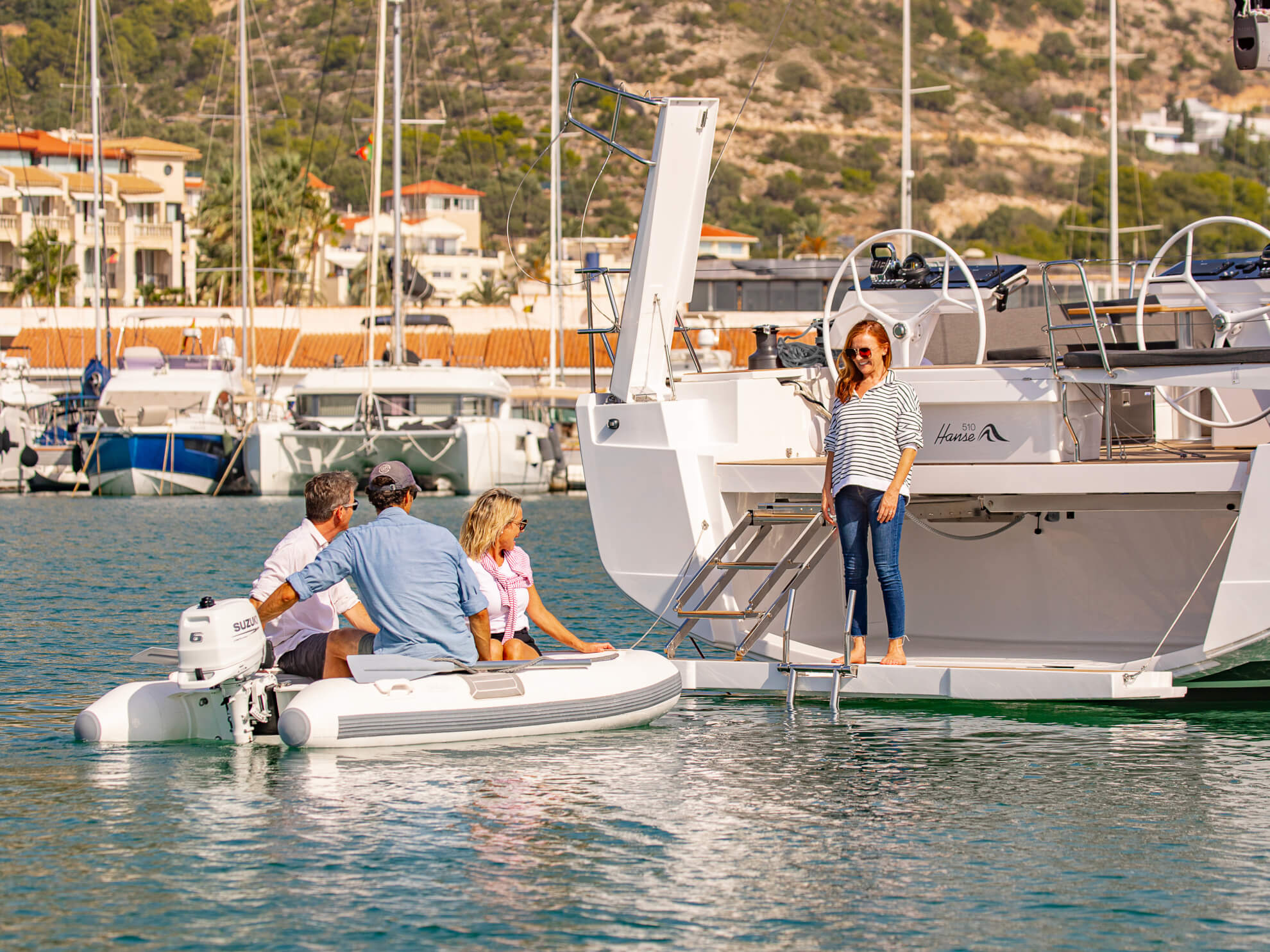
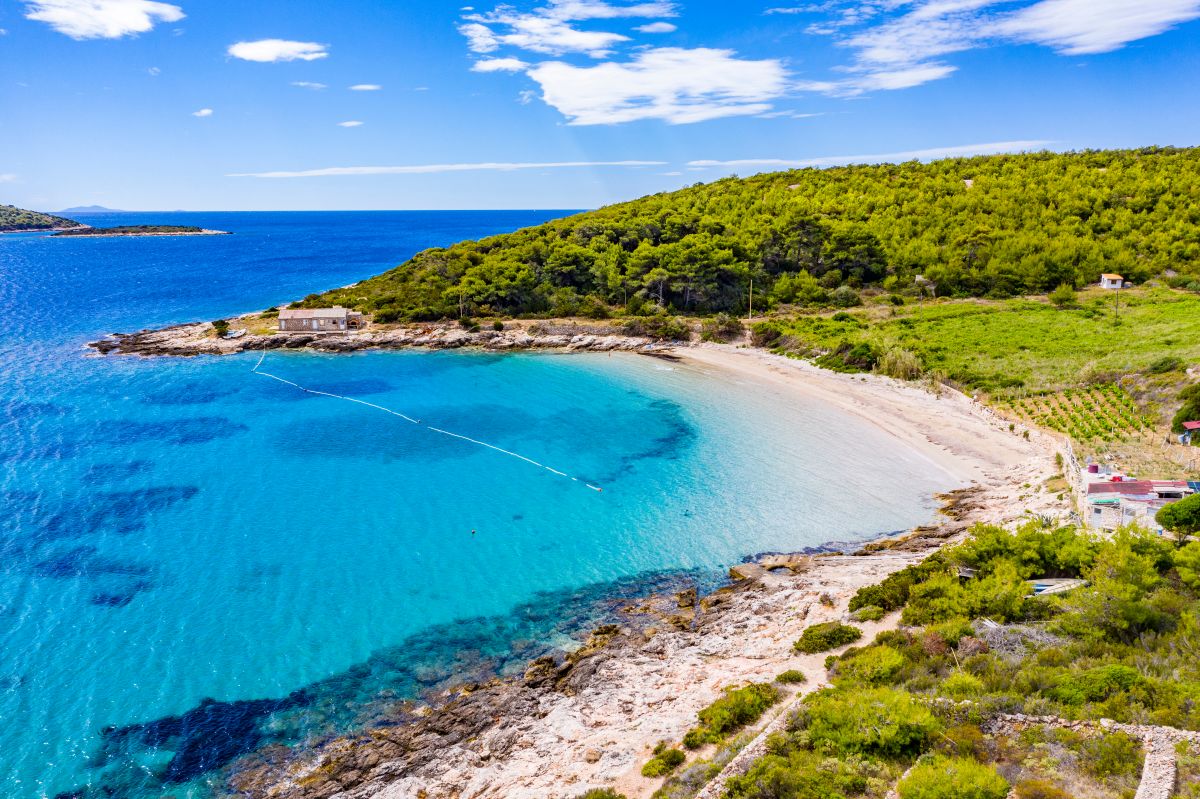

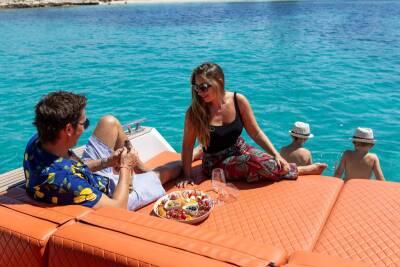
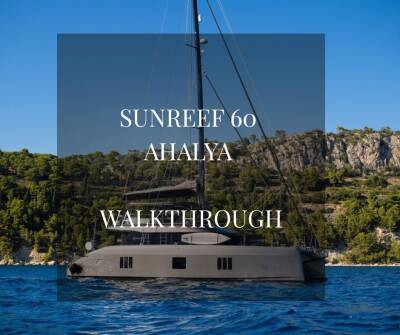
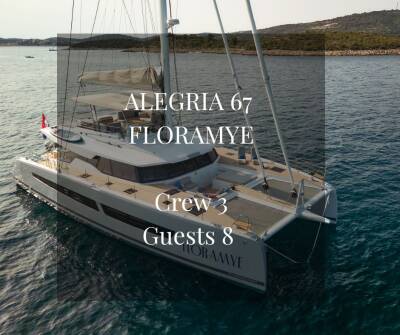
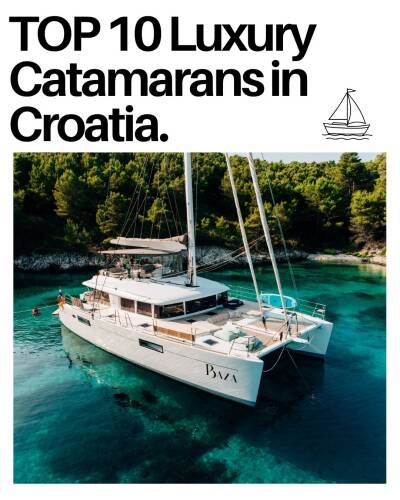
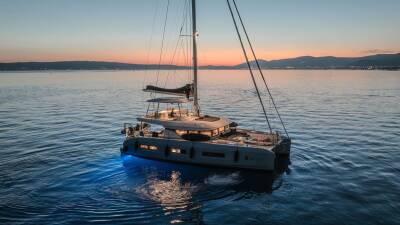
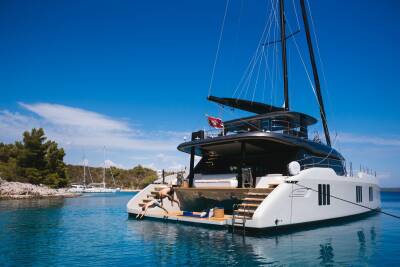
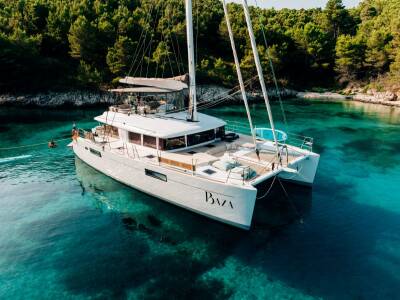
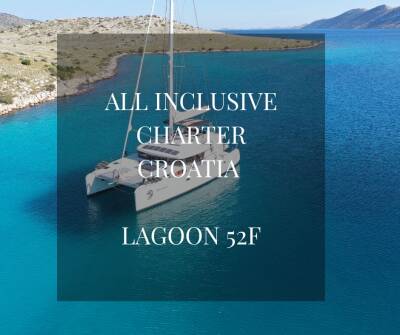

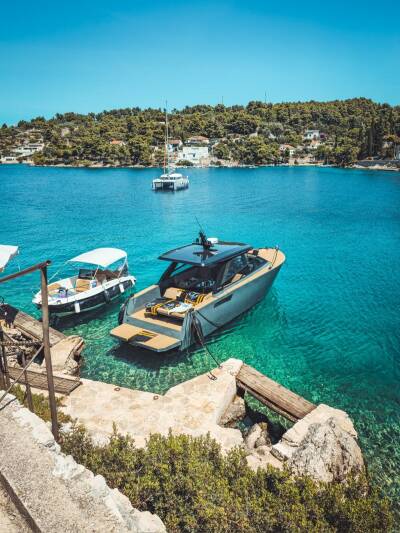
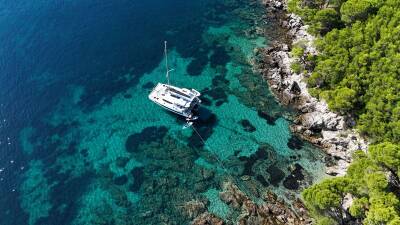
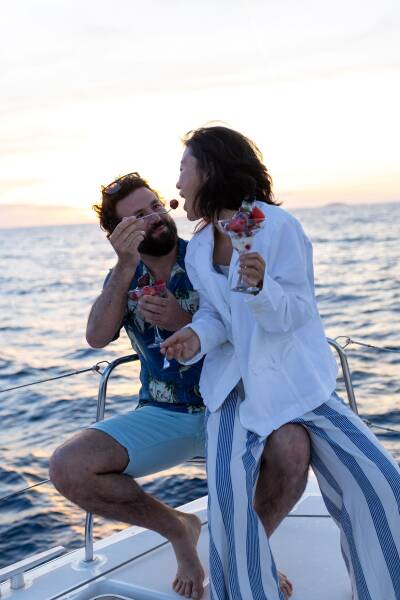
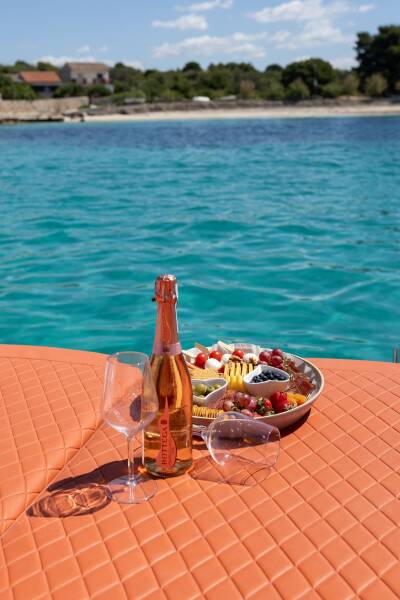
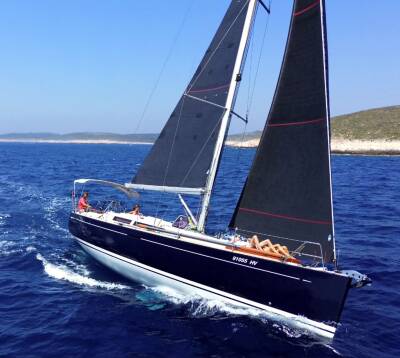
 Give us a call or drop an email, We`ll answer you within 24 hours
Give us a call or drop an email, We`ll answer you within 24 hours